The Ford Mustang, an enduring icon of American automotive culture, has captivated car enthusiasts since its debut in 1964. Known for its sleek design, powerful performance, and unmistakable emblem, the Mustang’s rich history is filled with intriguing details that have contributed to its legendary status. From its unexpected debut at the New York World’s Fair to its numerous appearances in movies and television shows, the Mustang continues to be a symbol of freedom and innovation. While many are familiar with the Mustang’s general history, several surprising aspects highlight its significance in the automotive industry and popular culture. These lesser-known details, from its design origins to unique features introduced over the years, reveal why the Mustang remains a beloved and influential vehicle.
Contents
Iconic Debut at the New York World’s Fair on April 17, 1964
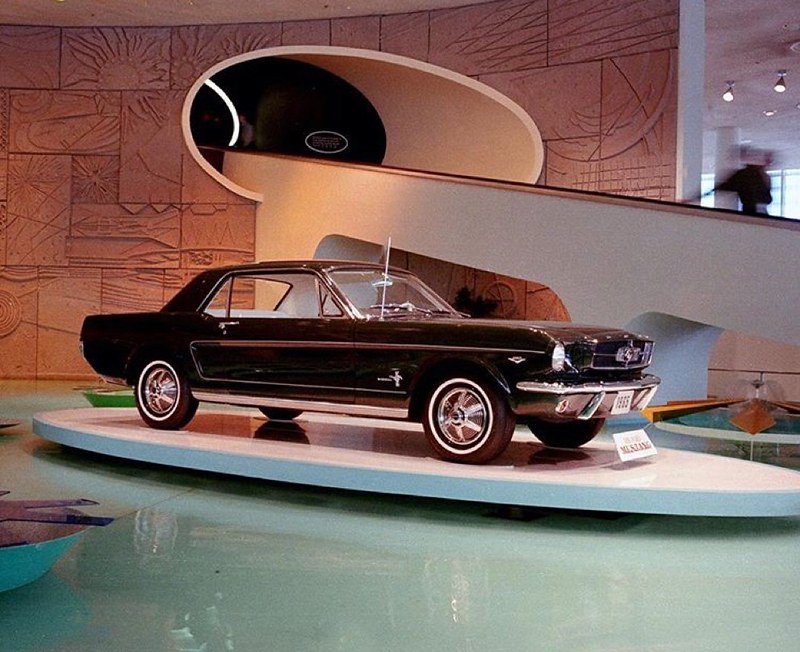
The Ford Mustang made its unforgettable debut at the 1964 New York World’s Fair, capturing the public’s imagination and marking the start of a cultural phenomenon. This introduction coincided with a massive publicity campaign, including simultaneous TV commercials broadcasted on all three major networks, a marketing move unprecedented at the time. The Mustang’s sleek design and affordable price made it an instant hit, with Ford selling over 22,000 units on the first day. This event cemented the Mustang’s place in automotive history and showcased Ford’s innovative approach to marketing.
Ford Designed a “Mustang I” Concept Car in 1962
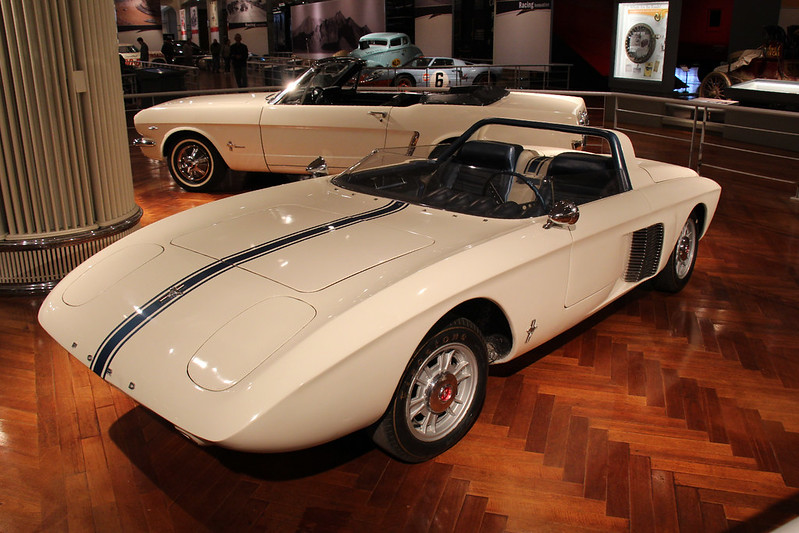
Before the legendary Mustang we know today, Ford created the “Mustang I” concept car in 1962. This early prototype was a two-seater, mid-engine sports car with a sharp, futuristic design that bore little resemblance to the production model. The Mustang I featured advanced engineering for its time, including a lightweight aluminum body and a V4 engine. Though it never went into production, the concept car generated significant interest and laid the groundwork for the Mustang’s eventual design. It showcased Ford’s willingness to experiment and innovate in the sports car market.
The Iconic Mustang Logo
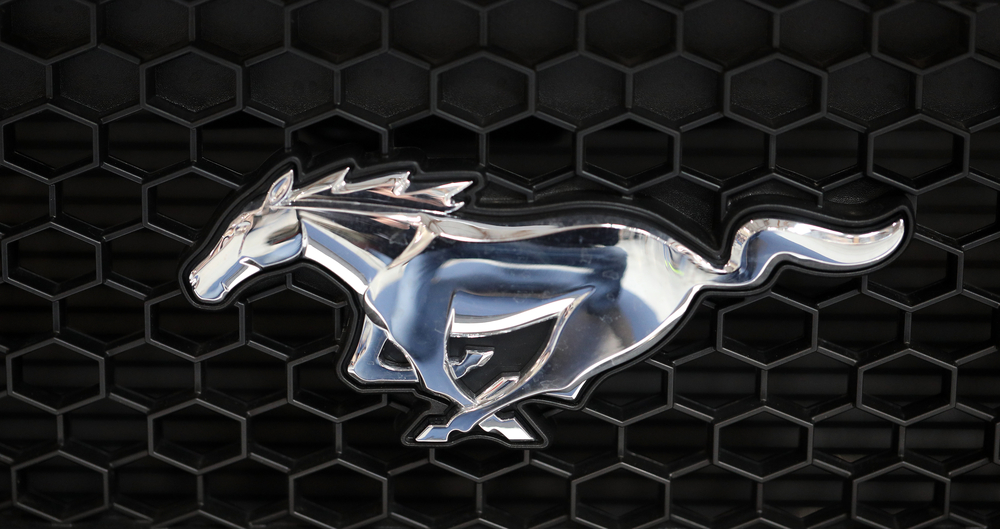
The Mustang’s galloping horse logo is one of the most recognizable emblems in the automotive world. Designed by Phil Clark, this logo symbolizes freedom, speed, and the untamed spirit of the open road. The decision to feature a horse running in the opposite direction of typical racehorses (left to right) was deliberate, signifying the Mustang’s unique and rebellious character. This iconic emblem has remained largely unchanged since its introduction, becoming a powerful brand symbol that resonates with car enthusiasts worldwide.
Mustang’s Appearance in Over 500 Movies and TV Shows
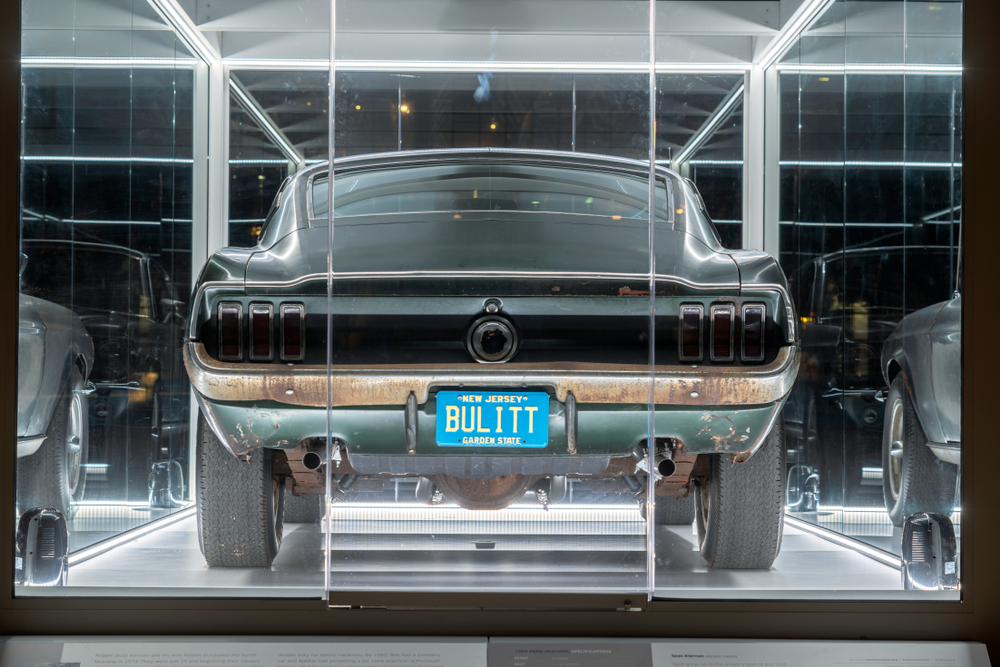
The Ford Mustang has cemented its place in popular culture by appearing in over 500 movies and TV shows. Its most famous role is arguably in the 1968 film “Bullitt,” where Steve McQueen’s character drove a Highland Green Mustang GT in one of the most iconic car chase scenes in cinema history. The Mustang’s cinematic presence has helped maintain its status as a symbol of coolness and performance, appealing to multiple generations of fans. Its frequent appearances on screen have made the Mustang synonymous with action, adventure, and American culture.
The Mustang II Introduced in 1974 as a Response to the Oil Crisis
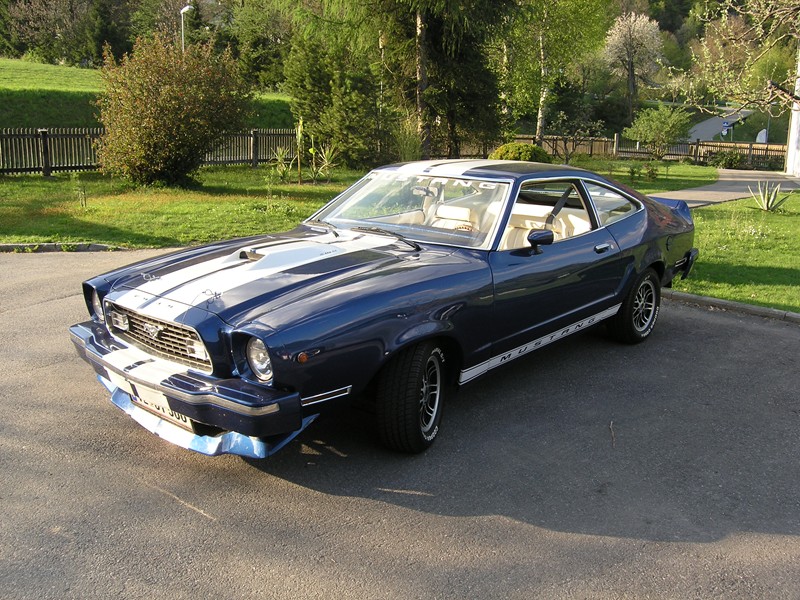
The 1970s oil crisis prompted Ford to rethink the Mustang’s design, leading to the introduction of the Mustang II in 1974. This model was smaller, lighter, and more fuel-efficient than its predecessors, catering to the changing market demands. While some purists criticized it for straying from the Mustang’s performance roots, the Mustang II played a crucial role in keeping the brand alive during challenging economic times. Its success in sales demonstrated Ford’s ability to adapt to market conditions while preserving the Mustang’s core identity.
Sequential Turn Signals Debuted in 1968
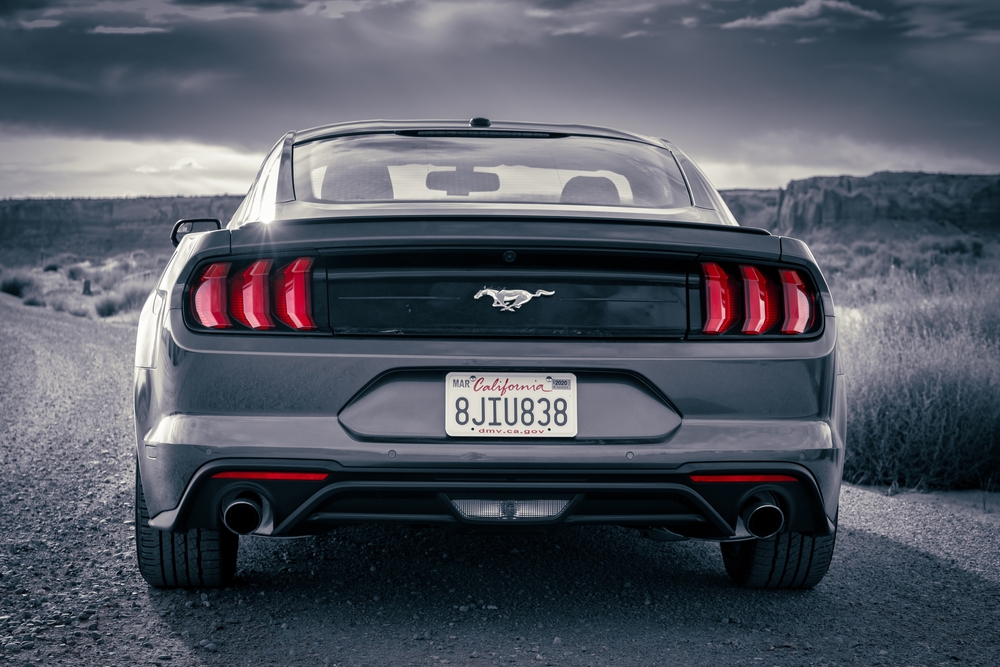
One of the Mustang’s distinctive features introduced in 1968 was its sequential turn signals. This innovative lighting system, where the rear turn signals illuminate in a sequential pattern, added a touch of flair and sophistication to the vehicle’s design. It not only enhanced safety by making turn signals more visible but also set the Mustang apart from other cars on the road. This feature has since become a beloved aspect of the Mustang’s identity, representing the blend of style and functionality.
Named After the P-51 Mustang Fighter Plane from World War II
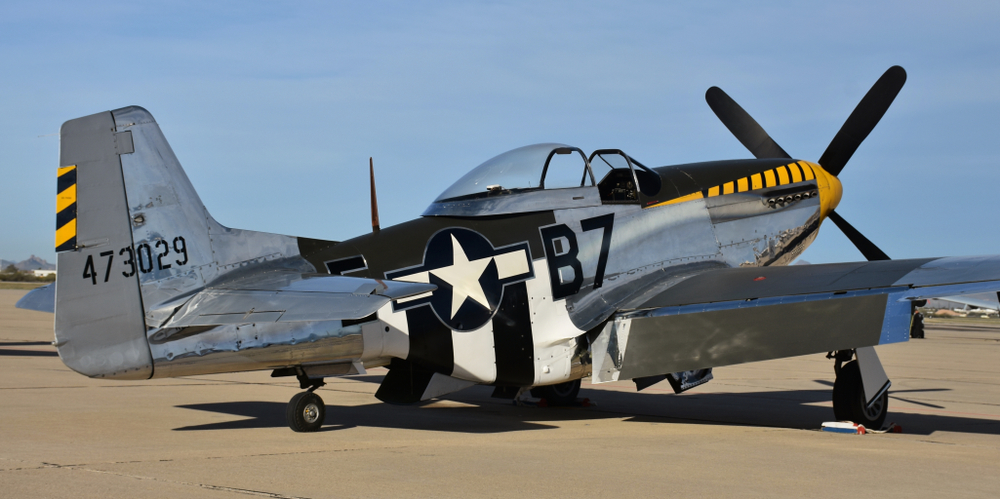
The Ford Mustang was named after the P-51 Mustang fighter plane, a renowned aircraft from World War II known for its speed, agility, and performance. This naming decision was inspired by the plane’s attributes, which Ford wanted to emulate in their new sports car. The P-51’s legacy of excellence and heroism provided a fitting namesake for the car, aligning it with notions of power, freedom, and American ingenuity. This historical connection adds a layer of depth to the Mustang’s brand, linking it to an era of innovation and bravery.
First Production Car with a Rear Spoiler
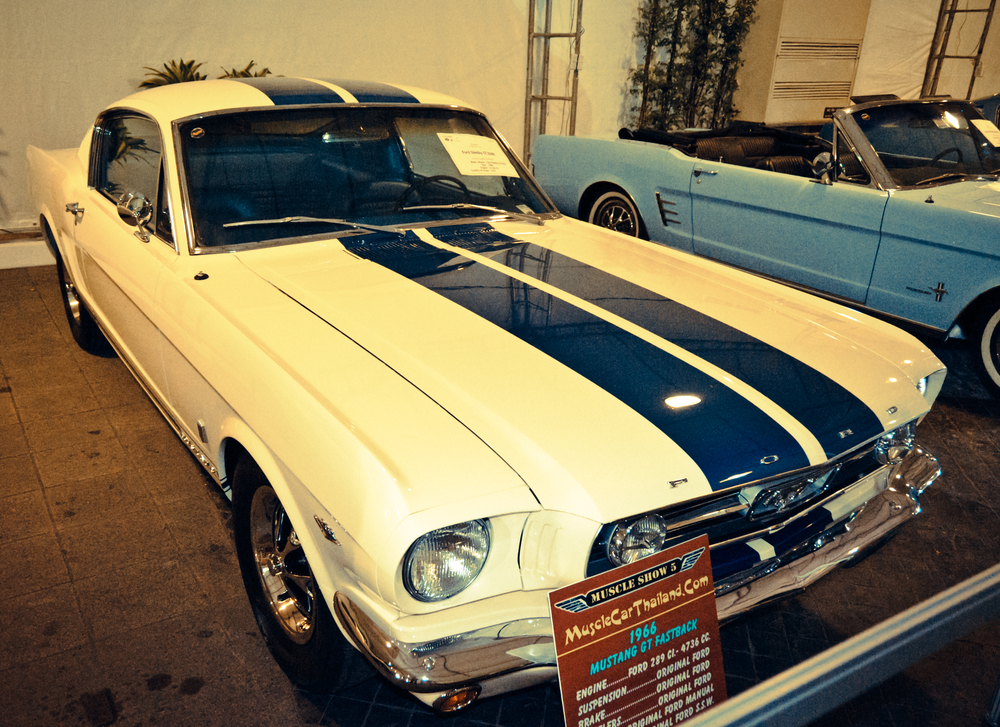
In 1967, the Shelby GT350R Mustang became the first production car to feature a rear spoiler, an addition that significantly improved aerodynamics and handling at high speeds. This innovation underscored Ford’s commitment to performance and racing technology. The rear spoiler not only enhanced the car’s appearance but also demonstrated Ford’s ability to integrate functional design elements into their vehicles. This pioneering feature paved the way for future advancements in automotive aerodynamics and performance tuning.
Mustang’s Role in the Pony Car Market Segment
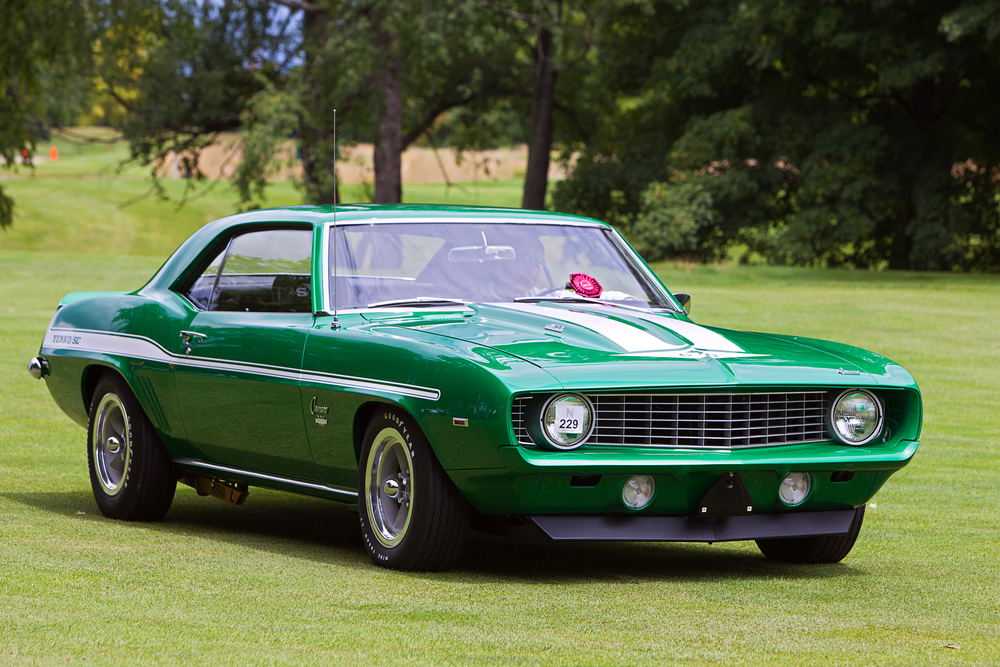
The Ford Mustang’s introduction created a new market segment known as “pony cars,” characterized by their compact size, affordable price, and sporty performance. The Mustang’s success inspired other automakers to develop their versions of pony cars, including the Chevrolet Camaro, Dodge Challenger, and Pontiac Firebird. The Mustang’s influence on the automotive industry was profound, as it set the standard for an entire category of vehicles. Its enduring popularity continues to shape the market, demonstrating its lasting impact on car culture.
First Car to Win the Tiffany Gold Medal for Excellence in American Design
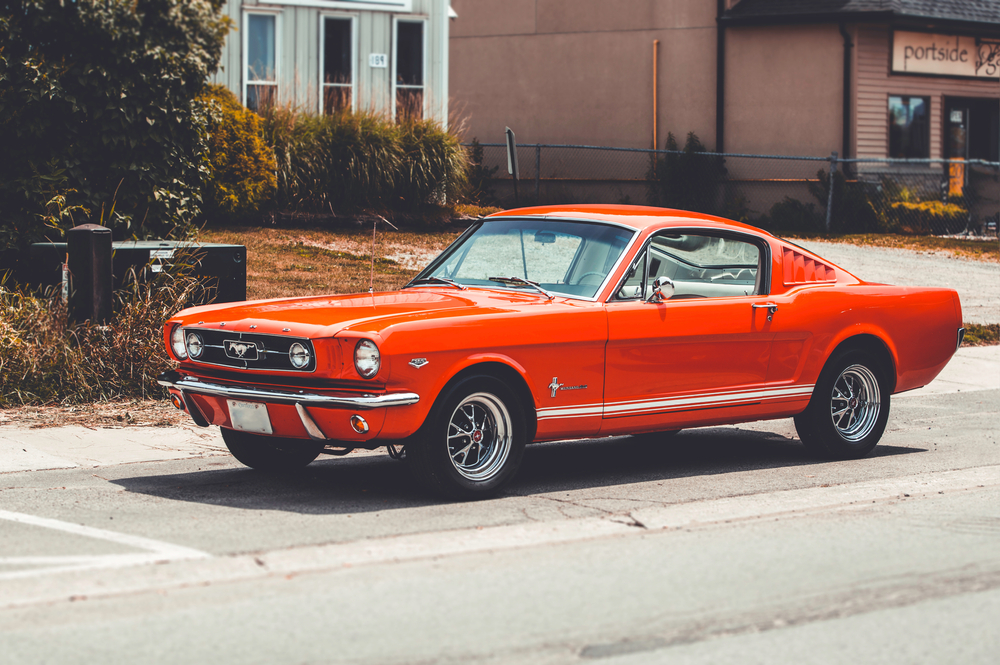
In 1965, the Ford Mustang became the first car to win the prestigious Tiffany Gold Medal for Excellence in American Design. This award, typically reserved for achievements in architecture and product design, recognized the Mustang’s exceptional blend of aesthetics, performance, and innovation. Receiving this honor highlighted the car’s significance as a design icon and validated Ford’s efforts to create a vehicle that was both functional and visually stunning. This accolade cemented the Mustang’s status as a groundbreaking and influential design.
This article originally appeared on MyCarMakesNoise.
More from MyCarMakesNoise
12 Legendary Race Cars Still Competing

In the world of motorsport, certain race cars transcend their time, leaving an indelible mark on the track and in the hearts of racing enthusiasts. These legendary machines, known for their groundbreaking performance and engineering, have not only dominated in their prime but continue to compete, proving their enduring prowess. Read More.
Top 21 Cars Ever Equipped with Iconic V12 Power

V12 engines are renowned for their power, smoothness, and performance. Some of the best cars in automotive history have been fitted with these impressive engines. Here are the best cars ever equipped with a V12 engine, showcasing exceptional engineering and timeless appeal. Read More.
Ducati’s 22 Legendary Superbikes and Their Championship Triumphs

Ducati has long been a name synonymous with speed, power, and racing excellence. Over the years, their superbikes have not only pushed the boundaries of performance but have also claimed numerous championship titles. Read More.














